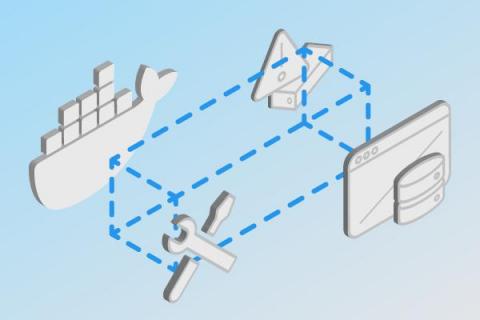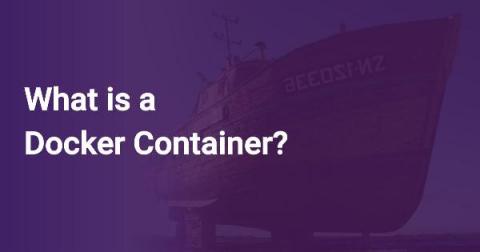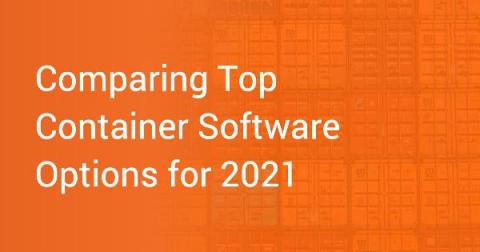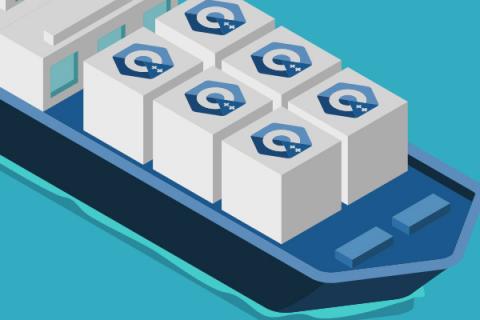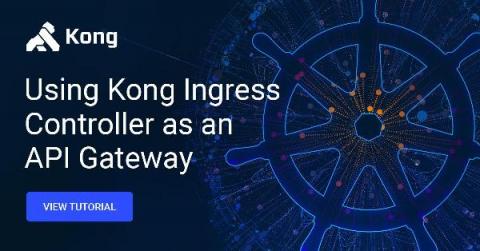Optimizing the Docker Container Image for C++ Microservices
In previous posts, we covered the basics of a C++ Microservices deployment including: With those basics in place, this blog will focus on optimization of the container in a C++ Microservices deployment. We'll examine how to structure the Dockerfile and the resulting Docker image to reduce the number of layers and disk space used.


